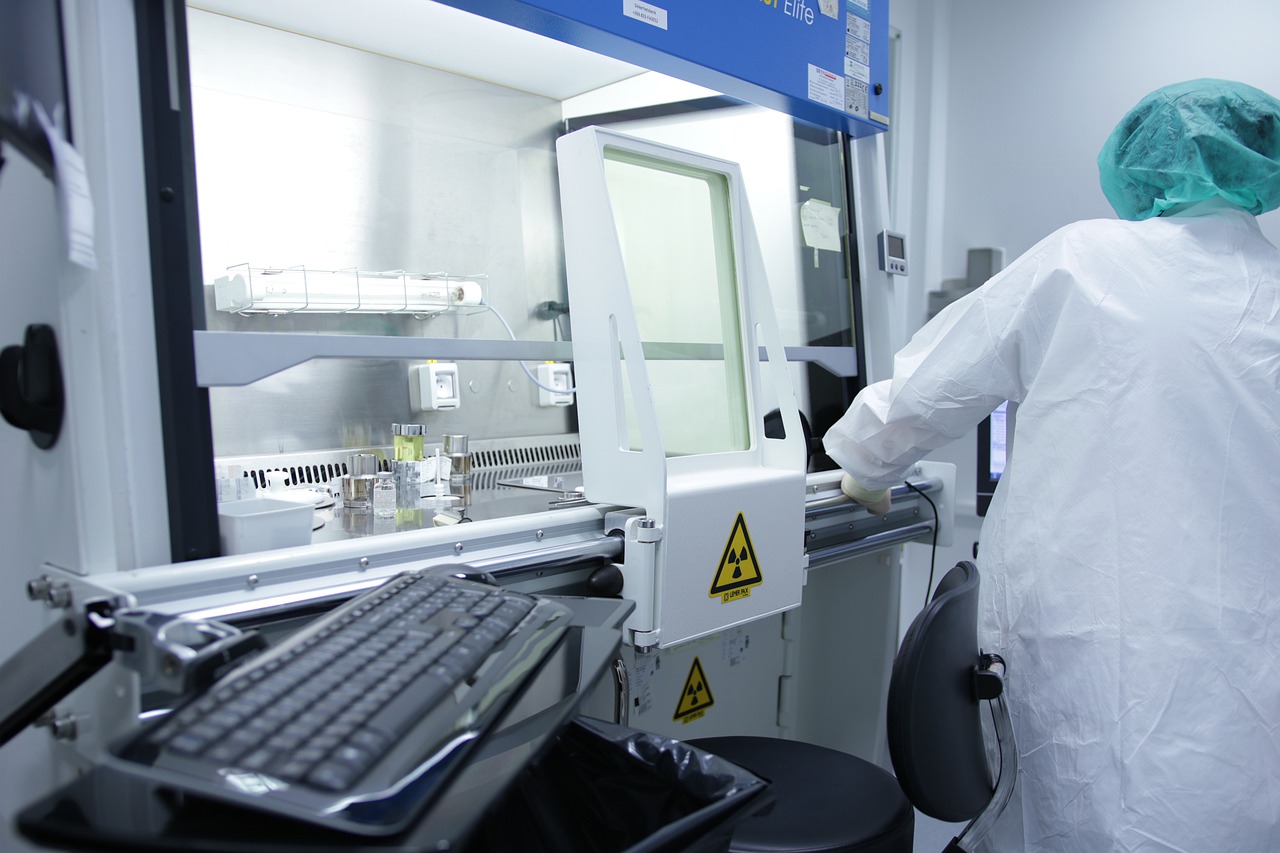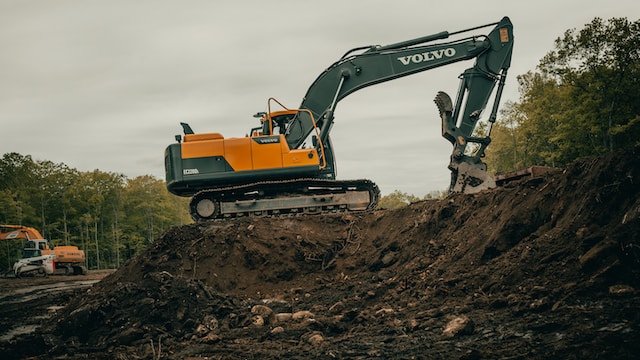The health industry, consumer goods industry, construction industry and many others have to evaluate the materials they use for various purposes. One of the ways to do that is with the help of a test chamber.
Specific products have to resist external factors to prove functional and useful and therefore need to pass a series of tests. In this article, we’ll explain what a test chamber is and how it works.
What is a Test Chamber?
A test chamber, an environmental chamber or a climatic chamber is a type of enclosure that mimics the effects of environmental conditions. Experts in the industry use it to see how their products, materials or components can withstand harsh conditions before going into large-scale production.
They use the chamber for some other purposes, such as:
- preparation for additional tests on products
- stand-alone tests for different material combinations.
How a Test Chamber Works
If you want to understand how a test chamber works, it’s essential to understand two physical parameters: temperature and humidity.
Temperature Control
Temperature control is the first factor for the functionality of a test chamber. The chamber has to perform two tasks: heating and cooling. Moreover, the temperature has to distribute through space inside of the chamber evenly.
Unique technical settings make it easier for the air to circulate within the compartment, regardless of the item that’s put to the test. The chamber also has a closed circuit mechanical cooling scheme with the following elements:
- Compressor
- Condenser
- Evaporator
- Expansion valve.
Humidity
The second parameter, humidity, allows for an equal distribution of moisture within the compartment. However, for the chamber to do its job, the system must perform both humidification and dehumidification.
An electric humidifier lets the steam into the chamber when there’s a hole in the air flow. A special algorithm controls the humidifier for optimized performance.
Dehumidification, on the other hand, is done by a mechanical system. Once you expose an object with a lower temperature to a different setting (higher temperature), the surface of the object becomes moist because of the condenzation process.
An evaporator then lowers the humidity inside the chamber since it has the lowest temperature. It turns on only when you have to take out the excess moisture from the compartment.
Although we talked about test ovens, it’s crucial to understand how a test oven differs from a burn-in oven.
The Difference Between Burn-In Ovens and Test Ovens
Burn-in ovens and test ovens are both used for industrial purposes. A few companies, make them
Still, it’s good to know the main difference between these two types of ovens or chambers.
Burn-in Ovens
In burn-in ovens, devices and products are burned at controlled elevated temperatures to test their stress levels and reliability. The early failure of materials is known as “infant mortality” is tested and improved so that the finished product could be safe.
Burn-in ovens work on a principle of temperature growth. Hot air circulates the chamber and warms the product that’s inside.
Test Ovens
Test ovens, or test chambers, are the chambers we talked about earlier. They also work on a temperature growth principle but use humidity as well.
These ovens are used for multiple applications such as thermal evaluation of materials and similar tests where you require tight temperature uniformity.
Do You Need a Test Chamber for Your Business?
Test chambers have numerous functions across several industries. They use high temperatures and humidity to control the environment in which we test a specific product’s properties. If you think a test chamber is what you need, consult an expert on industrial ovens.







